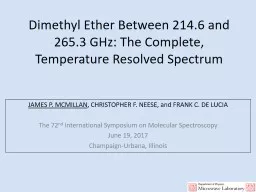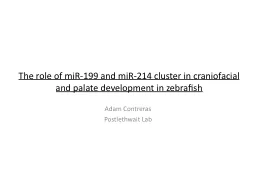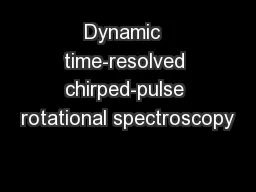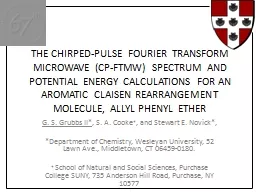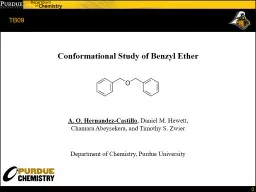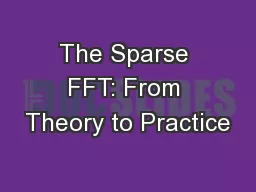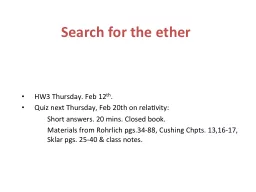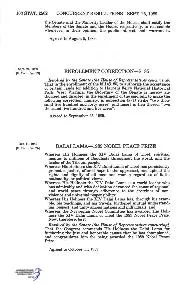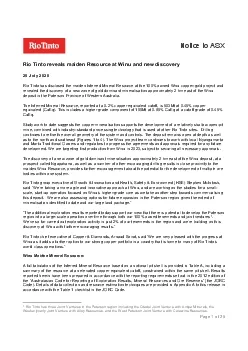PPT-Dimethyl Ether Between 214.6 and 265.3 GHz: The Complete, Temperature Resolved Spectrum
Author : pamella-moone | Published Date : 2018-02-01
JAMES P MCMILLAN CHRISTOPHER F NEESE and FRANK C DE LUCIA The 72 nd International Symposium on Molecular Spectroscopy June 19 2017 ChampaignUrbana Illinois Motivations
Presentation Embed Code
Download Presentation
Download Presentation The PPT/PDF document "Dimethyl Ether Between 214.6 and 265.3 G..." is the property of its rightful owner. Permission is granted to download and print the materials on this website for personal, non-commercial use only, and to display it on your personal computer provided you do not modify the materials and that you retain all copyright notices contained in the materials. By downloading content from our website, you accept the terms of this agreement.
Dimethyl Ether Between 214.6 and 265.3 GHz: The Complete, Temperature Resolved Spectrum: Transcript
Download Rules Of Document
"Dimethyl Ether Between 214.6 and 265.3 GHz: The Complete, Temperature Resolved Spectrum"The content belongs to its owner. You may download and print it for personal use, without modification, and keep all copyright notices. By downloading, you agree to these terms.
Related Documents

